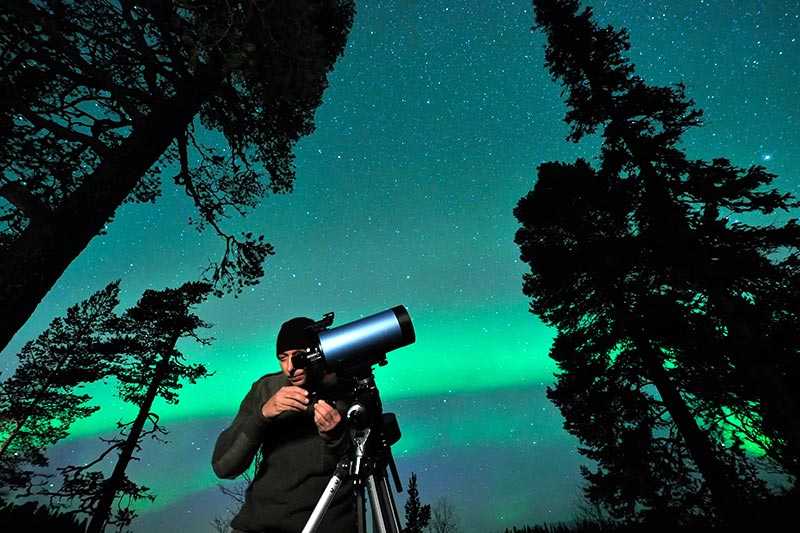Valentine's Day - Best Destinations for Stargazing in UK

6 Best Stargazing Locations in Britain for Lovers. Celebrate Valentine’s Day with a Difference
All starry-eyed and love-struck this Valentine’s Day? In search of something different to impress the one you love? Join the growing numbers of people who are looking to the heavens for inspiration in one of these amazing locations.
1. Galloway Forest Park
The Galloway Forest Park in Dumfries and Galloway, Scotland, was the UK’s first Dark Sky Park, a status granted by the International Dark-Sky Association in 2009. It covers 774km2 (299 mi2) of rugged terrain, from which star-gazers can view shooting stars, the Andromeda Galaxy, the Aurora Borealis and stellar nurseries where new suns of distant planets are born. The Scottish Dark Sky Observatory lies on the Craigengillan Estate on the edge of the park.
2. Exmoor National Park
Another first for the UK, Exmoor National Park was designated the first International Dark Sky Reserve in Europe in 2011, an award it worked towards for over two years. The designation means that the park has sufficient controls in place to ensure that man-made light doesn’t adversely affect the view of the night sky now or in the future. Great positions within the park for star-gazing include Holdstone Hill, County Gate, Brendon Two Gates, Webbers Post, Anstey Gate, Haddon Hill and Wimbleball Lake. The park has also produced downloadable Dark Skies Pocket Guide and a Planesphere to help you know where and what to look out for.
3. Brecon Beacons National Park
The Brecon Beacons National Park in South Wales was the first Welsh, and only the world’s fifth, International Dark Sky Reserve. The park covers 1,347km2 (520mi2) and allows amateur and professional astronomers alike the chance to view the Milky Way, numerous major constellations, bright nebulas and even meteor showers on a clear night, in some of the highest quality dark skies in all of the UK. The park has great transport links with the rest of the UK, so even if you can’t make it for Valentine’s Day, look out for one of their star-gazing events held throughout the year.
Besides, Brecon Beacons National Park offers many opportunities for outdoor enthusiasts, from hiking to discovering waterfalls and even paragliding or sunset watching. Check out the available local tours and enjoy the adventure.
4. Kielder Water and Forest Park
To experience the darkest skies in England, travel to Kielder Water and Forest Park, where 1,502 km2 (580 mi2) of its area forms the Northumberland International Dark Sky Park, the largest area of protected night sky in Europe. The park is also home to the Kielder Observatory. Frequent star-gazing events are run especially between October and March when the night sky conditions are at their best. It’s worth noting that dark skies don’t only benefit astronomers; they aid conservation too: light pollution adversely affects nocturnal creatures’ navigational abilities which can result in a decline in numbers.
5. Cornwall & Isles of Scilly
Other great places to see the stars are Cornwall and the Isles of Scilly. The former has two newly designated Dark Sky Discovery Sites on National Trust land along the North Cornwall coast: head for Carnewas & Bedruthan Steps and St Agnes & Chapel Porth for breath-taking views at any time of the day or night. The Isles of Scilly, which have already have been designated an Area of Outstanding Natural Beauty, a Conservation Area and a Heritage Coast, now have numerous Dark Sky Discovery Sites, all with full public access, for star-gazing away from artificial light pollution.
6. Isle of Man
Shockingly, it’s estimated that over 85% of the UK population have never seen a truly dark sky because of light pollution. So why not take a trip to the Isle of Man to rectify that? Despite being just 572 km2 (221 mi2) in area, this now has the largest concentration of Dark Sky Discovery Sites in the British Isles, with 26 distinct locations recognised for their lack of light pollution. All sites have good public and disabled access, permission from the landowner and a grand view of the Milky Way.